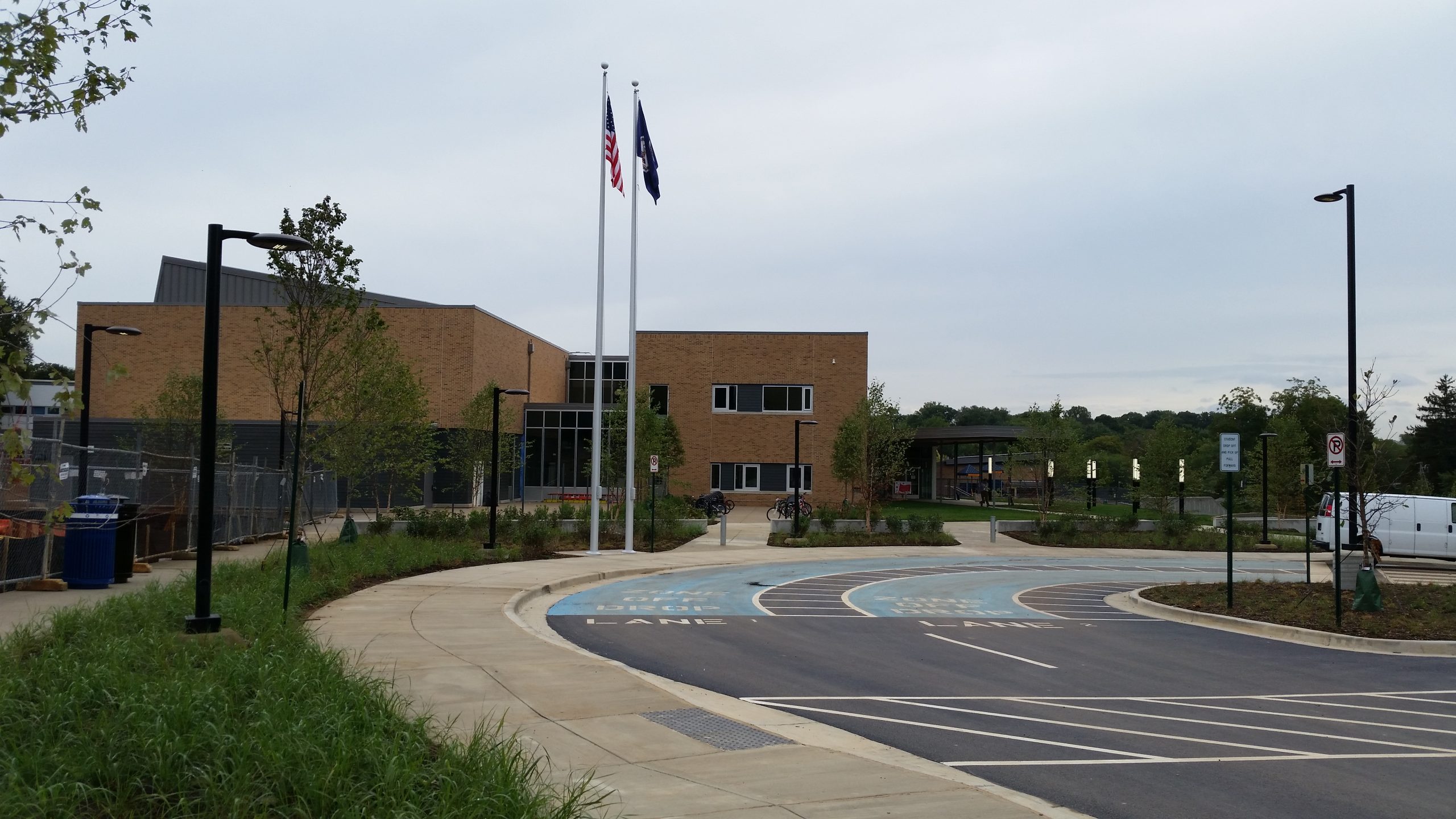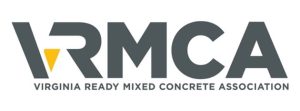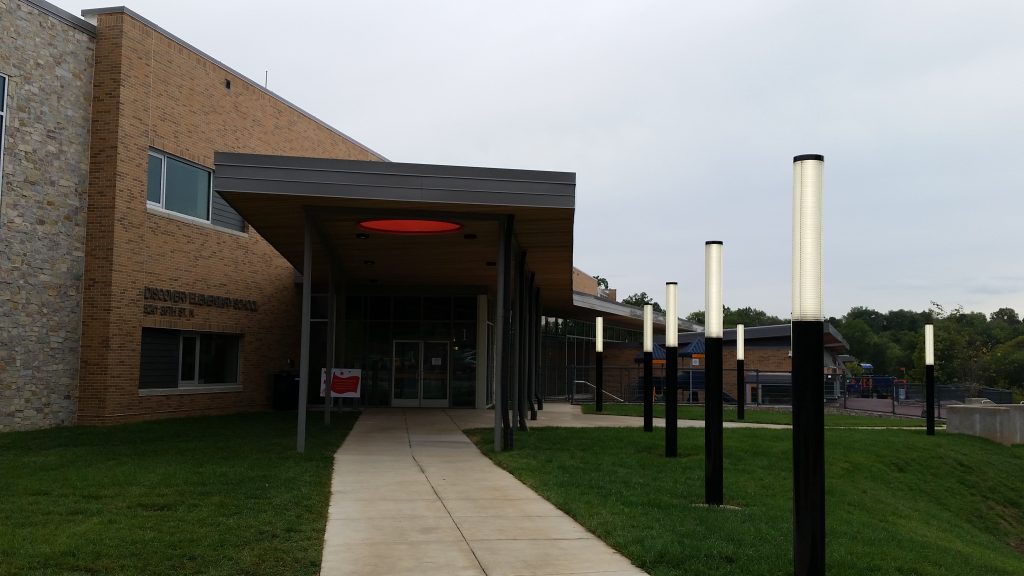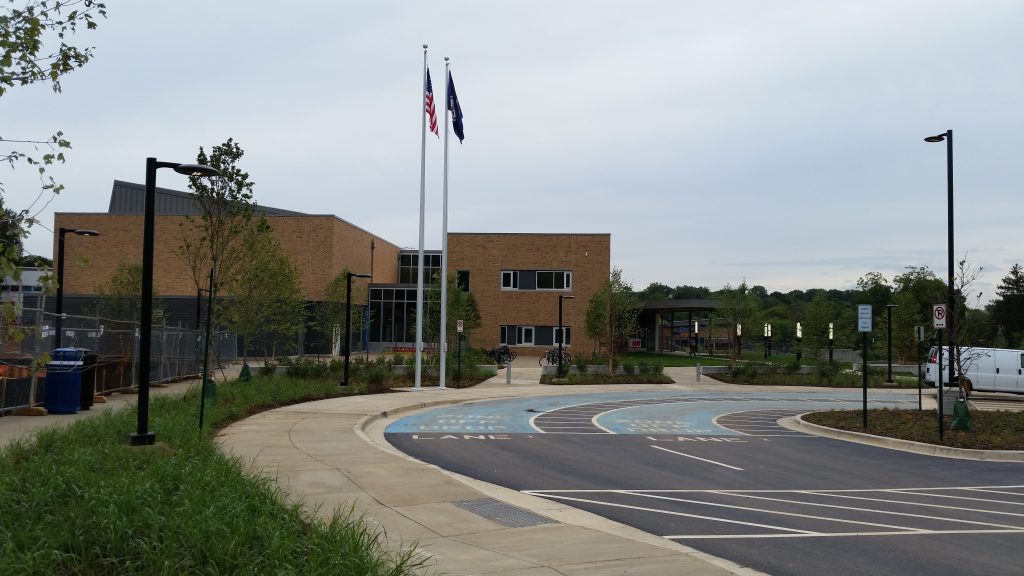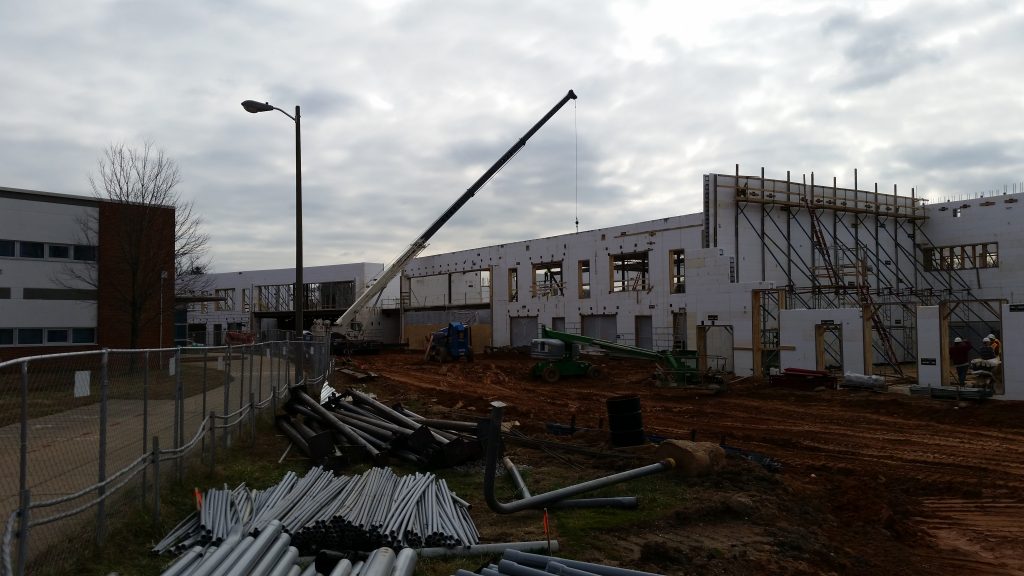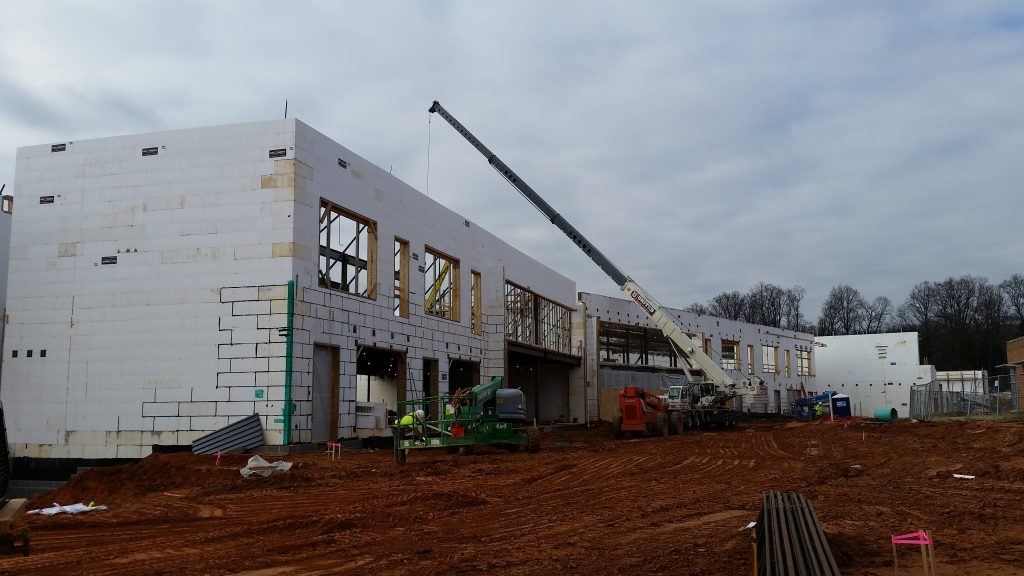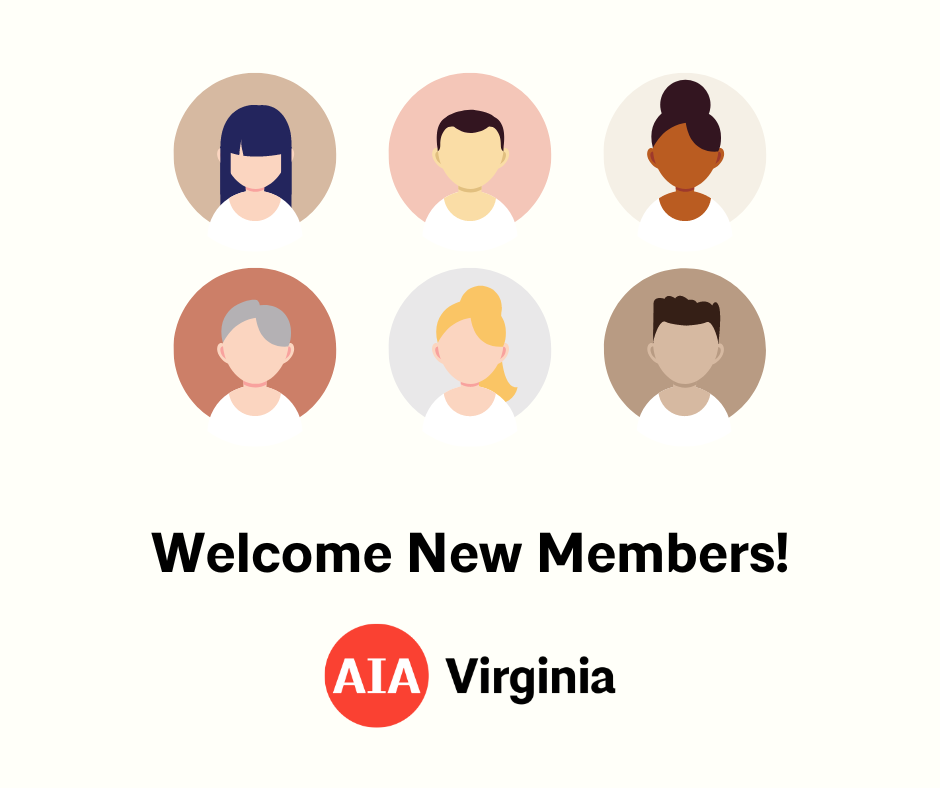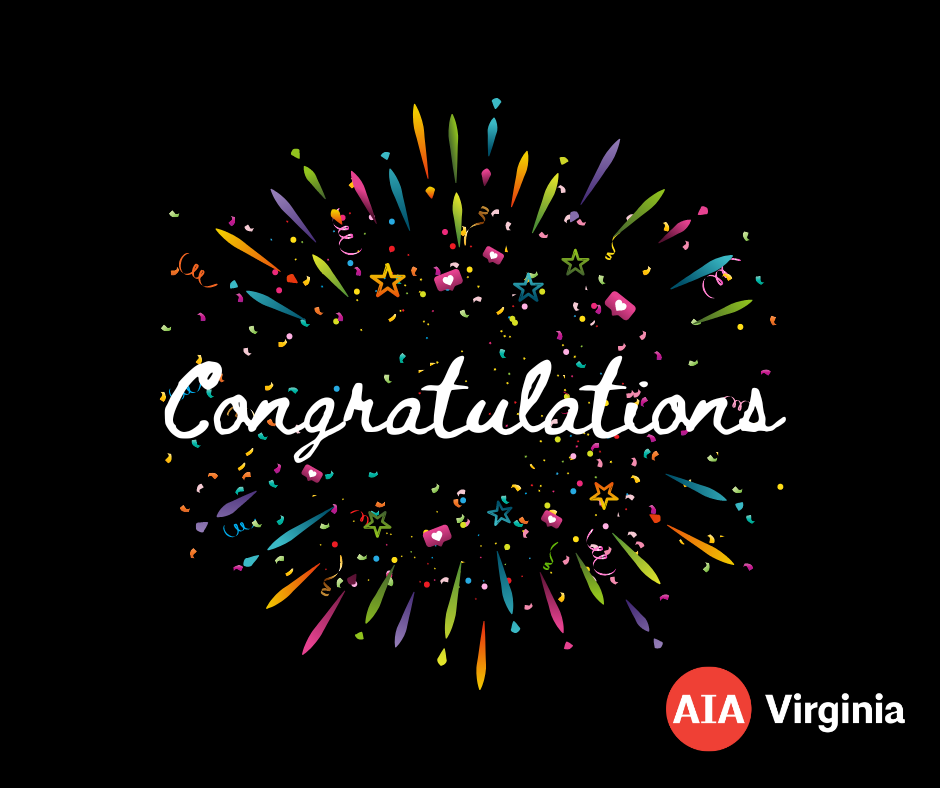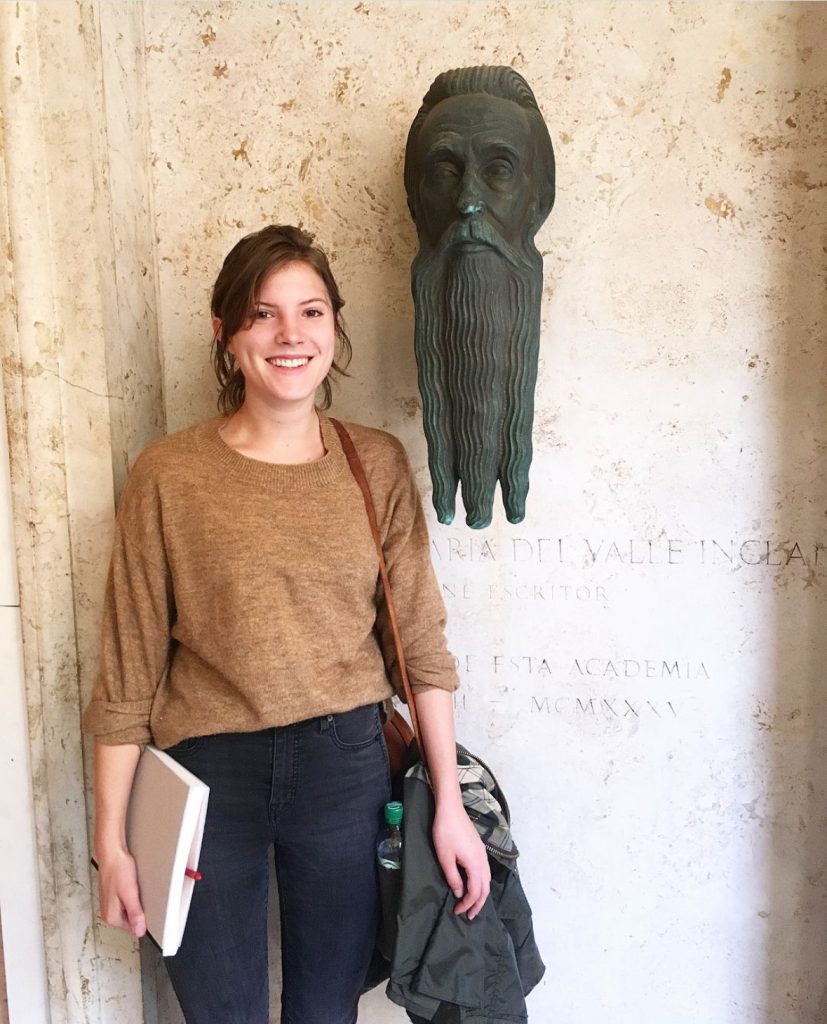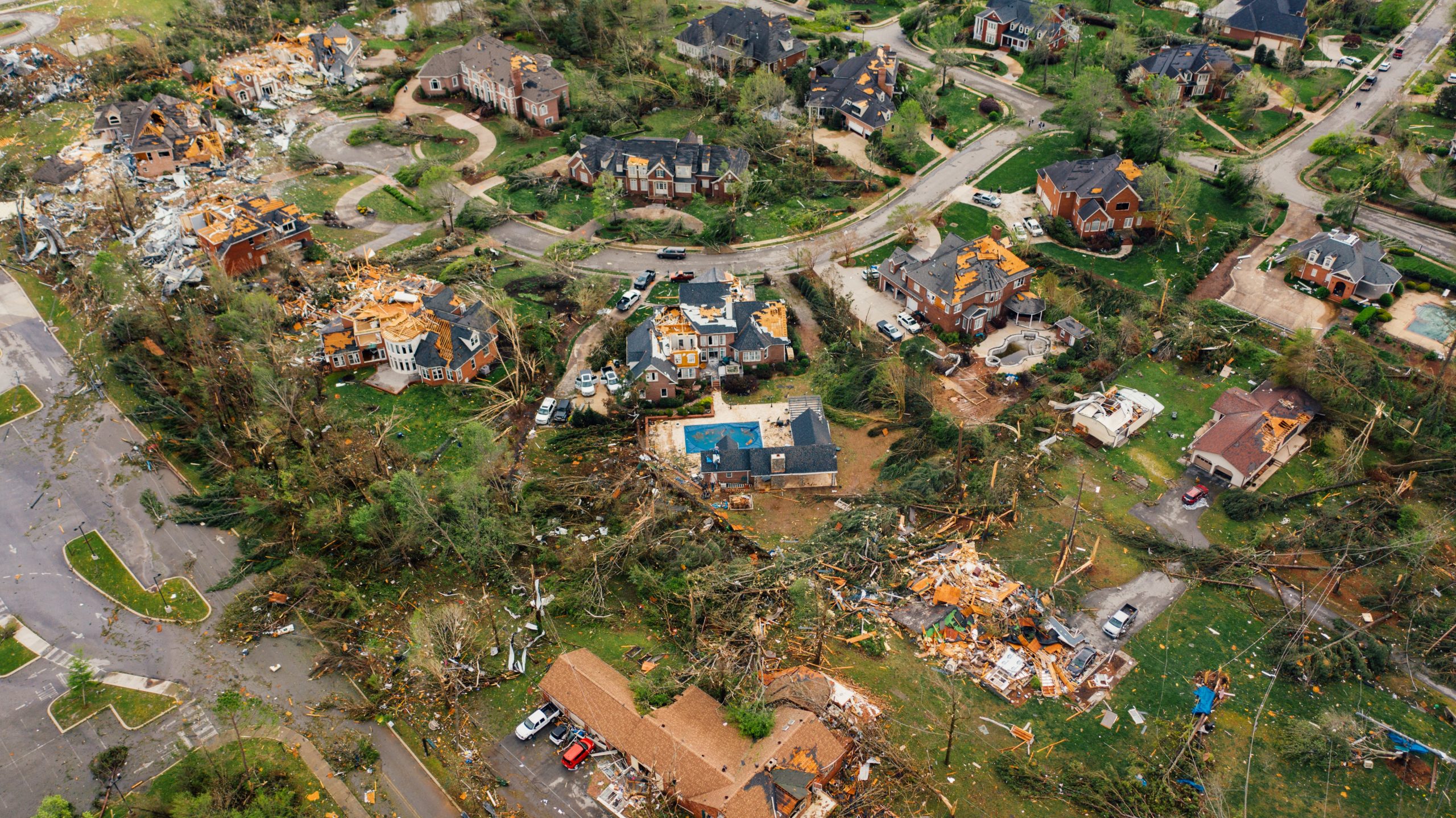Recently, and more than once, I was asked what lessons I had learned through the experience of our advocacy efforts during the recent General Assembly session. Excellent questions should not remain unanswered. My response is the following:

- No surprises
- There are no permanent adversaries
- Identify the opposition
A little more on each of those…
No surprises: Nobody appreciates being surprised; in real time, notoriously. Positions can and do change; they evolve, they often depend on specific circumstances, and circumstances are likewise prone to change. People understand that. But it is not fair to ask that they understand something that has changed from what they last were told, or worse yet, something that was willfully concealed. If you have made someone aware of your position – and you should never withhold a position if it is inquired after – and that position has changed from what you told them previously, you owe it to them to communicate that change.
There are no permanent adversaries: Those who are not with us are against us – kind of. Not so much actually. And even with those who may be staunch adversaries on one matter, we may be able to find a common interest on another. Best to remain opportunistic. A related maxim: there are no permanent victories. Best to remain vigilant.
Identify the opposition: It is important to identify, and recognize, those who oppose, or might oppose, your position; in advance, candidly. This information should be offered freely, along with a summary of the issue and your position. And this is best done pre-emptively: if you can offer this information before the other party inquires, so much the better. This offers the other party a chance to better understand what they are getting into.
I reckon those as three of the most impactful lessons that I learned; or had confirmed. I expect that learning to continue.
Paul Battaglia, AIA
Executive Vice President
P.S. An update on the results of the 2024 General Assembly session will be highlighted during an Advocacy Town Hall Meeting via Zoom from 3-4 p.m. on Wednesday, April 24. 1 LU (pending). Register here>>





